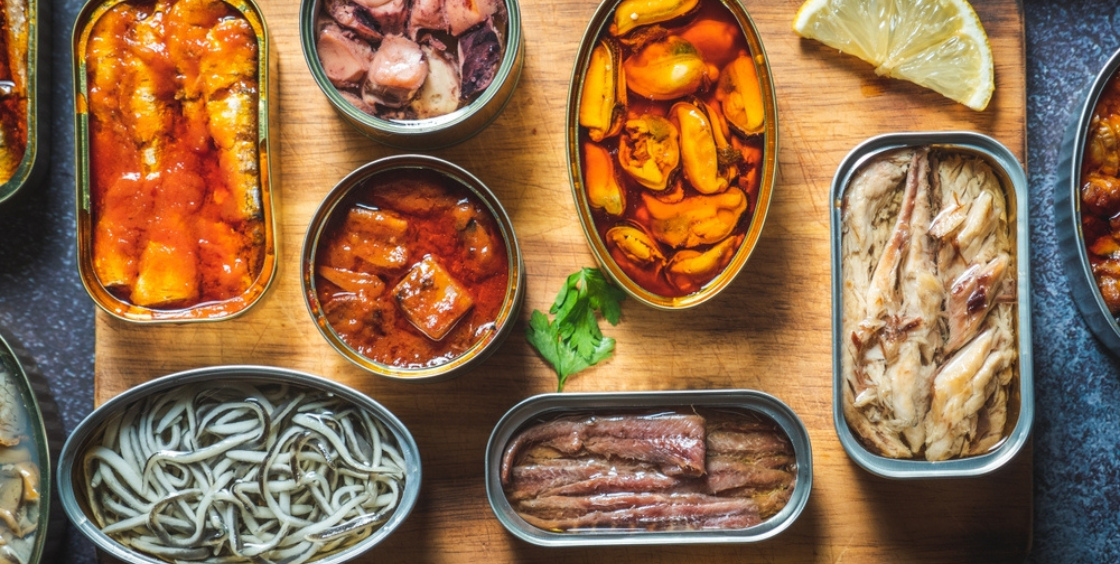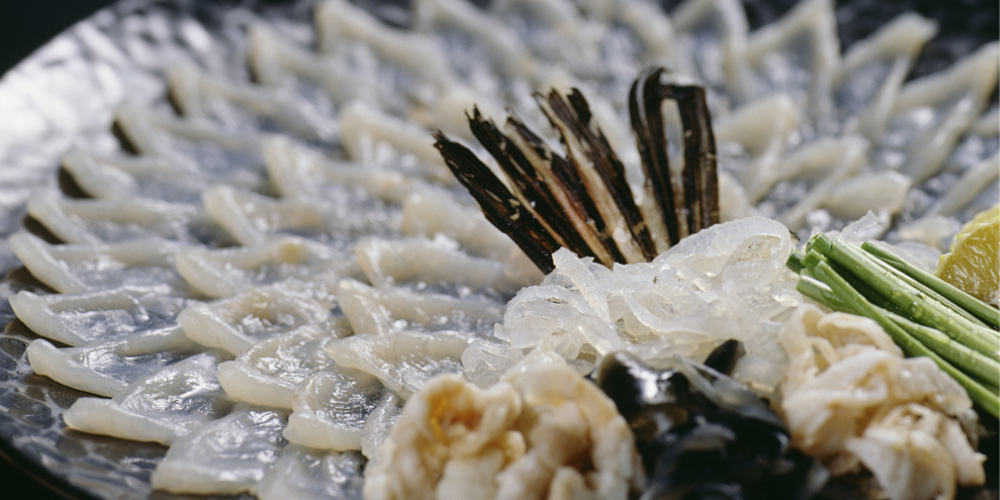Culinary Curiosities: Unusual Dishes from Around the World
- By Spendlessy
- Updated: Oct 30, 2023

Generally, people consider food a necessity for life and survival. In addition, it also offers insights into the cultures, traditions, and flavors of one’s country, helping individuals connect.
Many popular dishes have made their way to the menu of restaurants all over the world enabling people all over the world to enjoy them. On the other hand, some unusual dishes are specifically available in a region, often rooted in regional customs and local ingredients, offering a unique culinary experience that will fulfill their culinary curiosity. On this journey, we will explore some of the unusual dishes that pay a standing ovation to the chefs out there. These recipes may seem unusual at first, but people all over the world savor them.
Fugu
It is a popular dish in Japan. It is a type of pufferfish and the reason why it is considered unusual is the presence of a deadly toxin called tetrodotoxin which is stored in its ovary and liver particularly. Eating it without removing it can be extremely fatal. For its preparation, chefs are properly hired and trained so they can easily remove the intoxicated part and separate the edible meat part.
The edibles are served as thin slices, served as sashimi in hot pots, or grilled. Eating fugu is an adventurous thing to do so a slight mistake can be a source of someone’s death, risking your life for tasting Fugu is an adventure that foodies will love to do to have a tantalizing taste.

Century Eggs
Eggs are a good source of nutrition. Century eggs, also known as hundred-year eggs or pidan (century egg), are a delicacy that originates from China. Century eggs defy their name; they are not eggs that have aged for centuries. Instead, they are normal duck, chicken, or quail eggs that have been preserved for a couple of months in a mixture of clay, ash, salt, and quicklime. The mixture is then allowed to ferment for a few weeks to a month, transforming the egg whites into a translucent, jelly-like texture and turning the yolk into a dark green or grayish color due to pH changes.
The egg white has a mild ammonia-like scent due to the alkaline process, while the yolk is rich and creamy. It often gives an unusual taste but is considered a popular dish in China, often served as a side dish or appetizer on different occasions. Eating eggs like this can awaken the culinary curiosity among the people and bless their taste buds.

Tarantula
This unusual dish originated in Cambodia. People are normally afraid of spiders, but this dish’s main ingredient is a Spider, typically “a-ping” Tarantula. It was normally caught by local farmers and their breeding was done.
It is prepared by removing their poisonous fangs, marinating them for a few hours, and deep frying until they are golden brown. Amazingly, its taste is similar to that of crab and chicken. It is a dish that is savored by the people over there and it is a famous street food for tourists.

Sannakji
Sannakji translated from the Korean language means Octopus. Korean delicacy involves eating live octopus, typically a small octopus sliced into bite-sized pieces. Servers immediately offer these pieces after slicing, and they are considered very fresh because their tentacles continue to wiggle on the plate. Usually, people season them with sesame oil and sesame seeds.
While eating it can cause a choking accident as the moving tentacle suction cups can stick to the face, it is advised to eat it with caution. Having Sannakji can’t be easy, it is a game for the brave one who wants to endure new adventures.

Balut
Balut is a culturally rich Filipino street food that helps in the reflection of the country’s heritage. It is a fertilized duck embryo that may consist of formed parts like feathers and bones. The embryo is normally 14-21 days old. It is boiled and eaten directly from the shell. Balut is a very popular street food, sold by street vendors typically at night, it is often part of several celebrations and festivals. It can be topped up with salt, chili, garlic, or just vinegar.
It helps to attract visitors because of its unique charm as no one ever has tried this kind of thing before. Sometimes it may contain features of feathers, bone, and beak surprising the ones who are trying it for the first time. It has nutritional value as well as a source of protein.

Hákarl
Hákarl is a traditional Icelandic dish. People make it from fermented shark meat, specifically the Greenland shark. The uniqueness of this dish lies in the preparation process. This type of shark is known for its high ammonia content, which can be fatal if not properly separated. People prepare this unique culinary creation by burying the shark in sand or gravel for several weeks to months, allowing the fermentation process to take place. During this process, the urea levels drop down significantly making it safe for consumption.
After the fermentation process, the shark meat is hung to dry for several months to expose the meat. The resultant dish comes with a strong, ammonia-like smell and intense pungent flavor. Its flavor is acquired and reflects the bravery of the Icelandic people when they started adapting to bad weather conditions.

Stargazy Pie
Stargazy pie is a traditional Cornish dish known for its unusual presentation and association with a heroic fisherman. The fish heads are protruding from the pastry which defines its name because after baking the fish heads seem to pop out at gaze. Typically, its main ingredient consists of pilchards, a type of small fish, blended with eggs and potatoes to give it a fresh taste. They season the pie with various herbs and spices, often including mustard, and bake it until the pastry turns golden brown.
This pie gives a striking visual appearance as well as holds significant cultural importance, connecting with the maritime. It has a rich savory blend of flavors from the fish, potatoes, and other ingredients.

Surströmming
Surströmming is one of Sweden’s contributions to the world of unusual foods and inherits culinary curiosity. Fishermen catch and ferment the main ingredient, which is herring, by placing it inside a can with just enough salt to prevent it from rotting. After a while, when the can is opened, it releases an overpowering odor.
The smell is its key characteristic feature. Its taste is creamy and tangy. Typically, people serve it with flatbread and various accompaniments like potatoes, onions, and sour cream. It’s also considered an acquired taste, and those who appreciate it understand the efforts put into it. People often enjoy it at various celebrations, allowing everyone to experience global cuisine.

Escamol
Eating ant larvae may seem unusual, but it is a key ingredient in making Escamol, a traditional Mexican dish crafted from ant larvae and pupae. People extract these larvae from ant colonies, primarily found deep within the roots of agave or maguey plants. The extraction and cleaning process requires a lot of hard work and time due to the colonies’ deep location.
Chefs often add Escamol to dishes like tacos, omelets, and quesadillas for its refined flavor. They sauté it with butter, garlic, and ginger paste to enhance the flavor. They give a crunchy flavor, nutty and buttery. This dish is based on ingredients that can be easily extracted from the environment. Escamol gives an insight into the culinary bridge between ecological connection and cultural values. Its unique flavors and ingredients make it a culinary curiosity that people want to explore.

Haggis
It is a culturally flavorful dish having Scottish roots. The internal organs of sheep, such as the heart, lungs, and liver, mixed with onions and various spices make up this well-marinated mixture. Then, it encases the mixture within the sheep’s stomach lining to give it a round sausage shape.
By gently mixing all the ingredients, haggis achieves a savory flavor. It’s a traditional norm to serve it with turnips and potatoes. It demonstrates how coarse ingredients can transform a simple dish into a delicious and culturally significant one. Haggis has a powerful flavor with a crumbly texture, and the spices add up to its warm, comforting quality. Haggis is a symbol of Scottish cuisine.

Conclusion
The culinary world is a treasure of unusual dishes from all over the world. Our voyage of discovering culinary classics extends from having century eggs in China to hákarl in Iceland to stargazed pie in England. These dishes reflect light on how people can achieve unique and enriching flavors by doing something new. They help us to explore the cultural heritage of each country and satisfy the soul of having culinary curiosity.
While some of these dishes may seem challenging to the uninitiated, they are true examples of how diverse the cuisine can be. If you ever have the opportunity, be brave, and want to have a new venture beyond your culinary comfort zone to explore these unusual and fascinating dishes, you might be successful in having a taste or one or adding one more story to your food diaries.
